“This is the most significant opportunity for us to demonstrate to legislators across the state that Oregonians are eager to support good transportation investments that don’t bankrupt the state, don’t fry the planet, and don’t fill our communities with air pollution.”
– Chris Smith, No More Freeways
Written by Chris Smith, a co-founder of No More Freeways and member of the Just Crossing Alliance.
Fighting freeway expansion is a marathon, not a sprint, but right now we need to sprint to Salem.
BikePortland readers who have followed our freeway fights know that a decade ago we battled the Columbia River Crossing (CRC) to a standstill, only to have the freeway lobby shift their expansion efforts south to Rose Quarter. While ODOT is trying to find a design that satisfies multiple stakeholders (and fill a $1 billion funding hole), expansion advocates have revived the CRC with the Orwellian name of the Interstate Bridge Replacement Program (IBR).
The IBR team is more sophisticated than a decade ago; they’ve already spent about $10 million pushing a greenwashed their narrative that we have to replace this bridge before it collapses in an earthquake (and inflation drives the price tag up even further) while soft-pedaling the five miles and seven interchanges of freeway expansion that are not related to the seismic concerns of the existing span.
But our side has also gotten more sophisticated. No More Freeways is part of the 33-member Just Crossing Alliance (JCA) to make sure that an eventual bridge replacement is centered in environmental and climate justice.
The 33 JCA member organizations will be in Salem next week for a Transportation Day of Action on April 13th showing legislators there’s a more responsible path to ensure this bridge gets built to our community standards without bankrupting the state. We’ll be focusing on our Right Size, Right Now campaign with our SAFER platform:
- Size Matters
- Accountability
- Fund Transit & Safe Bike, Walk, and Roll
- Environmental Justice
- Resilient to Earthquakes
JCA members want to see the existing bridge replaced, but only with a right-sized version that has excellent transit options and doesn’t include billions of dollars of wasteful spending on additional freeway interchange expansions. We fear that without significant oversight from the Oregon Legislature, ODOT and the IBR team will stumble forward with a bloated, massively oversized project that will once again fail to deliver a new bridge because of agency hubris, exorbitant cost overruns, and numerous forms of likely litigation related to the Coast Guard’s concerns and advocates’ insistence ODOT’s freeways pass basic scrutiny of environmental law.
Virtually every major ODOT project in the past twenty years has gone substantially over budget, robbing the state of billions of dollars we need for other crucial statewide transportation investments.
Why we need your support right now...
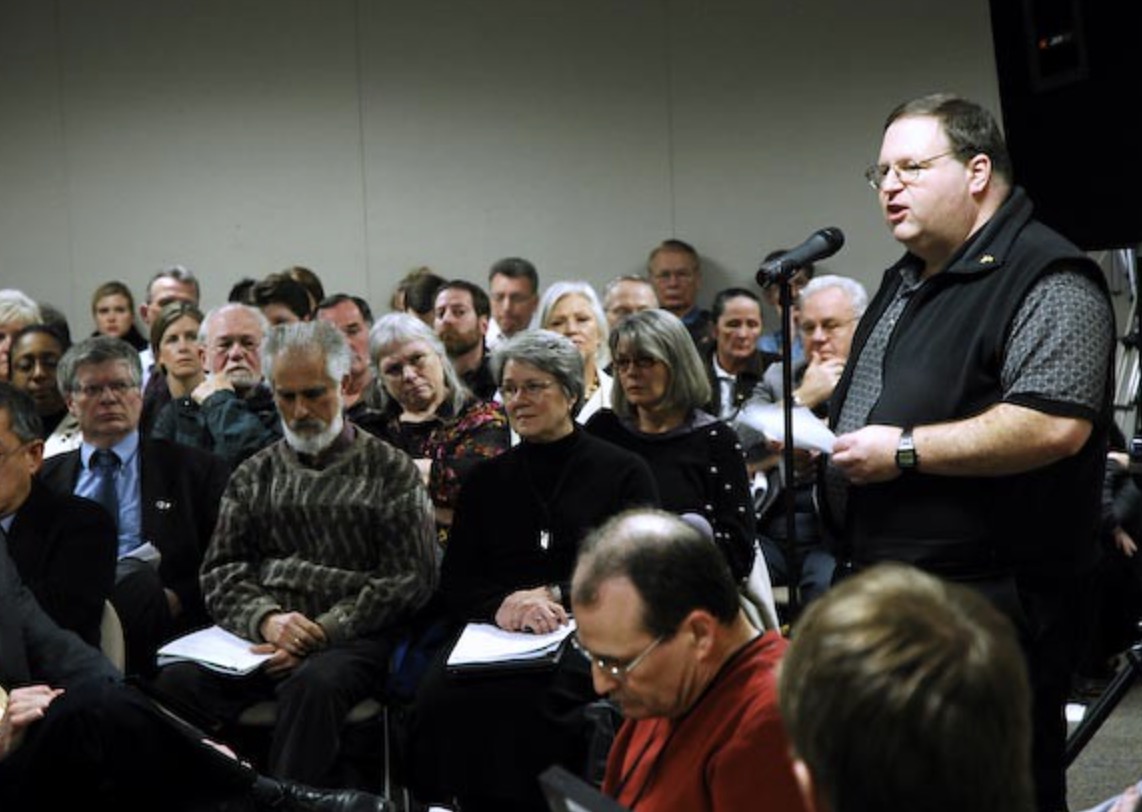
The current center of the battle is legislation to provide Oregon’s “down payment” of $1 billion on the $7.5 billion project. The imaginative proposal from the Joint Transportation Committee: borrow it from future General Funds (the ones that pay for housing, education, health care) and future gas tax and vehicle registration fee revenue (when ODOT already says it cannot maintain the roads adequately). In other words, we’ll force our kids to pay for it, while neglecting to fund the basic road safety, climate, seismic and maintenance initiatives that we should pay for ourselves at present to prepare for our children’s future.
The JCA believes that the Oregon Legislature should honor their financial stewardship obligations and require ODOT to right-size this proposal. The legislature has the power of the pursestrings to put guardrails on this project and demand ODOT explore options like a lift bridge or a tunnel that would significantly reduce costs and project bloat, ensuring Oregon has the resources we need in the years ahead for the substantial investments in transit, passenger rail, street safety and maintenance across the state. This financial commitment from the state will allow ODOT to continue to pursue federal funding to assist with this project and keep the IBR on schedule without committing to the disastrously oversized project as currently proposed, along with its attentive cost overruns.
This is the most significant opportunity for us to demonstrate to legislators across the state that Oregonians are eager to support good transportation investments that don’t bankrupt the state, don’t fry the planet, and don’t fill our communities with air pollution.
We’re a people-powered campaign and we need you to join us. You can help by:
- Sign up for our email list
- Endorse our campaign
- Come to Salem with us!
Many of us will be taking the Amtrak Bus leaving Union Station at 7:00 am on April 13th. Tickets still available – come ride down with us!

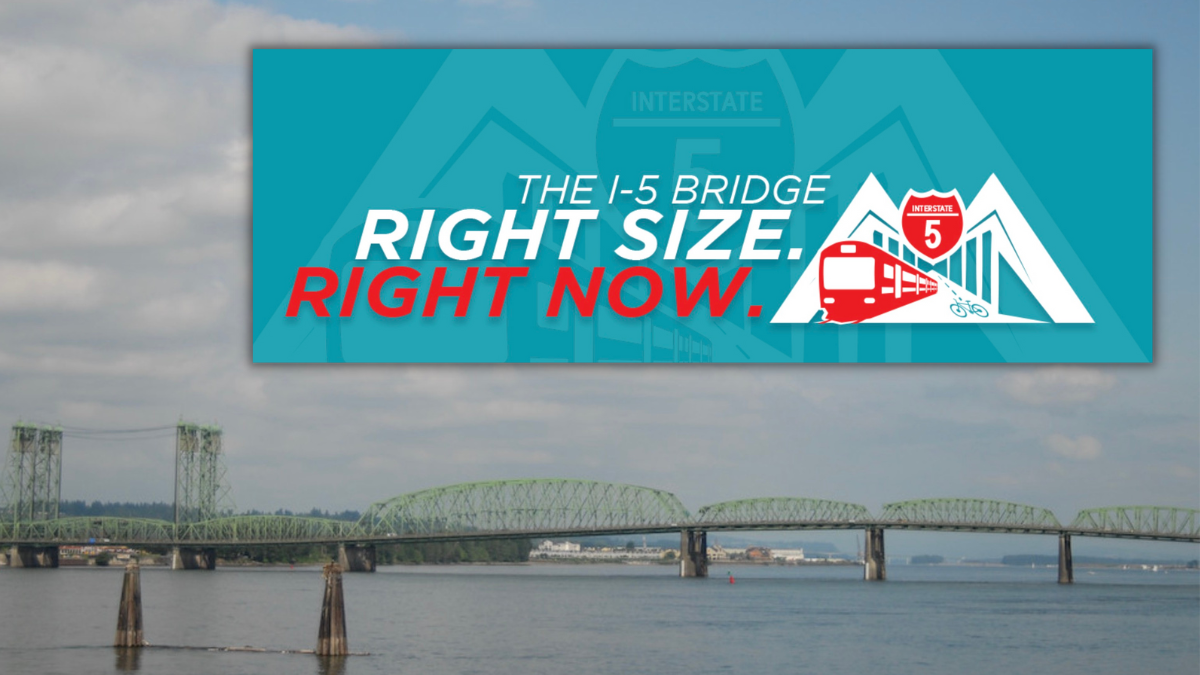
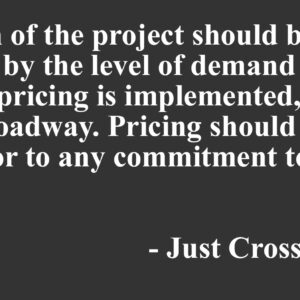
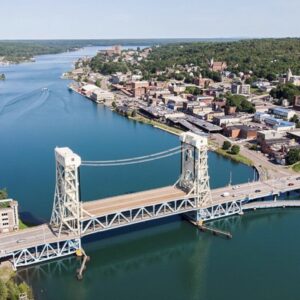
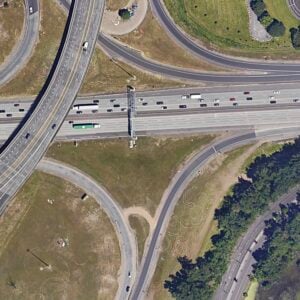
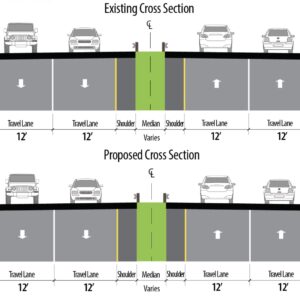
Thanks for reading.
BikePortland has served this community with independent community journalism since 2005. We rely on subscriptions from readers like you to survive. Your financial support is vital in keeping this valuable resource alive and well.
Please subscribe today to strengthen and expand our work.
love that you dug up a photo of Chris fighting the CRC in 2007.
Unfortunately, I don’t think I’ll be able to make it down to Salem next Thursday, but I did some advance lobbying by writing to Rep. Thuy Tran and Sen. Michael Dembrow urging them to oppose any bill that pays for the IBRP in its current form. If you meet with either of them, you can let them know I’m watching closely, I vote every election, and I have a long memory! Lynn Peterson lost my vote a year ago with the Metro approval, and I’m not afraid to withhold it from someone else over the same issue!
I wish people would be more honest about this. If you don’t support the bridge then clearly say you don’t support a bridge.
You can’t just patch on an extension to the existing interchanges. Unfortunately, at a minimum SR 14, Hayden Island, and Marine Drive will need to be rebuilt
There are already plans in place to replace the Mill Plain/4th Plain interchange though I’m assuming that has been put on hold until IBR is finalized or canceled.
I’m fine with replacing the bridge. It’s unsafe in the event of an earthquake and a vital link for relief resources in that event. What I’m not fine with is branding a highway expansion under the guise of a safety project. I want IBRP to be honest about what’s going on here. No new lanes, no more cars, no more traffic violence, no more greenhouse gas emissions.
If we build the 116 foot bridge imagined in the Locally Preferred Alternative, then yes the Hayden Island and SR14 interchanges would need to be modified. But a tunnel or lower bridge with a movable span could meet the current interchanges and still meet the project purpose and need (with congestion addressed by pricing). Rebuilding Marine Drive is probably a Billion dollars all by itself and is not necessary even with a 116 foot bridge.
Exactly! The obvious solution is to build a lower bridge with a lift span, that basically just connects from one shore to the other without this massively high structure that requires rebuilding all the interchanges. We need just a very basic bridge that replaces what is there, not a massive expansion in width and height.
That’s the beauty of ODOT saying they want to do this for earthquake readiness. How can anyone be against such an innocent and well intention plan?
I don’t see how they can be more upfront and honest about this. In ODOT’s current proposal, they do not support the bridge.
Very cool and very important!
I love riding by bike but also fully realize the importance of having an efficient and safe transportation system for our local and regional economy. Sitting in stop and go traffic is NOT good for our environment. I want the bridge to be multimodal (car, truck, bike and light rail) but fully support removing bottlenecks. Can’t stay in the Stone Ages for ever. It’s time to move forward not backwards.
I get that sitting in stop and go traffic is annoying, but saying it is bad for the environment has been debunked many times. Cars release barely any pollution while idling now that we have catalytic converters, automatic engine shutoff, and other emissions-reducing features. Hybrid cars don’t release any emissions at low speeds, and of course electric cars don’t release any emissions at all. Meanwhile, anything that improves traffic flow just induces more people to drive further distances, canceling out any tiny emissions benefit from reducing idling.